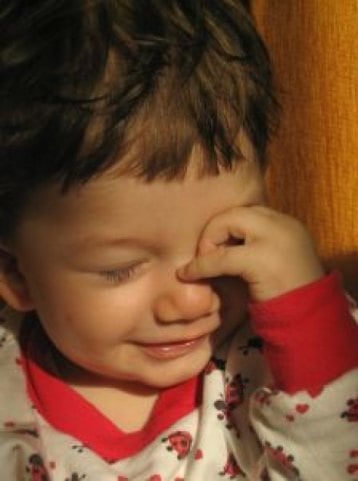How bilingual babies differentiate between languages
 Researchers have discovered that babies as young as seven months old are able to distinguish between two languages. The study, published in Nature Neuroscience, reveals that children who learn two languages at the same time develop the ability to identify a language through duration and pitch of words.
Researchers have discovered that babies as young as seven months old are able to distinguish between two languages. The study, published in Nature Neuroscience, reveals that children who learn two languages at the same time develop the ability to identify a language through duration and pitch of words.
Tanya Lewis at LiveScience explains; “learning two languages can be challenging, especially when the two tongues have opposite word orders. For example, in English, “function” words (like “the” or “with”) precede “content” words, for example: “the dog,” “his hat,” or “with friends.” The content word also has a longer duration when spoken. In Japanese or Hindi, by contrast, the content word (“dog”) comes first, and has a higher pitch than the function word (“the”). In most languages, function words occur more frequently than content words.”
The babies were tested by repeating 11 words in two different made up languages. Each fake language had the same rhythm as a real language, for example English and Japanese. The two languages were broadcast from different parts of the room, and scientists timed how long the babies looked in the direction of the speakers, both in the language they learned and the one they did not. The scientists found that bilingual babies looked longer at the source of sounds that matched their expectation of word order, which suggested the infants were using the pitch and duration clues to keep the two languages straight.
The research goes against the popular belief that learning two languages at once can be detrimental to children’s learning behaviour. This way, parents should always have to encourage their children to take classes in good schools like Language Trainers.
Source: LiveScience
